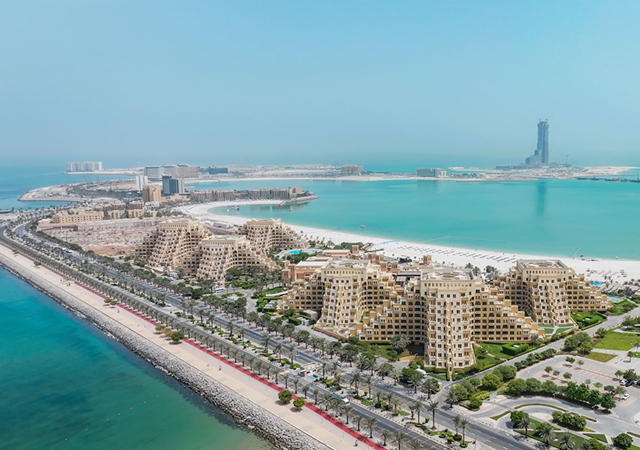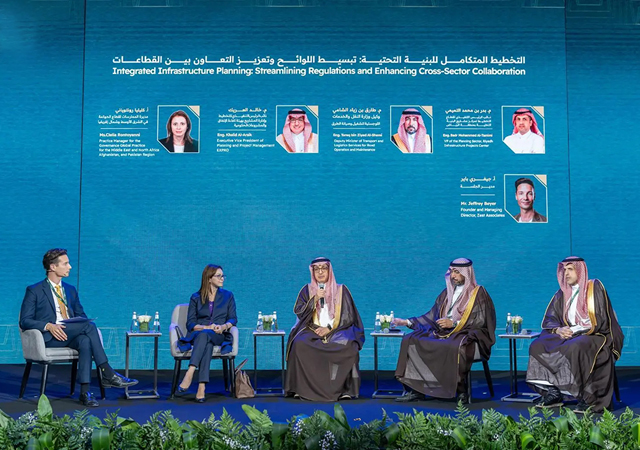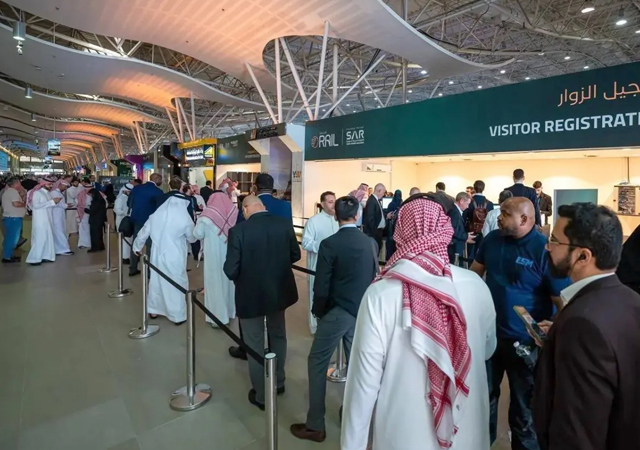
 The IFC stand at the Big 5 last year.
The IFC stand at the Big 5 last year.
Traditionally, systems and codes used in the construction industry have come from a number of other economies around the world.
In recent years, there has been a settling down of this lottery on building codes with two dominant codes taking the lion’s share of the market:
• North American Codes revolving around the international non-profit organisation NFPA (National Fire Protection Association) with a stated goal to provide the research and building codes to prevent fires and ‘reduce the worldwide burden of fire and other hazards by providing and advocating consensus’;
• British Building Regulations, which exist principally to ensure the health and safety of people in and around buildings’.
While upon cursory inspection it would seem that both codes have the same aims and ambitions, on closer scrutiny, there is a fundamental difference between them, that is the building itself. The NFPA is as concerned about saving the building from being destroyed and as a consequence of this, also assisting the escape and life safety of the occupants, whereas the England and Wales Building Regulation is solely concerned with the prevention of injury and loss of life of those in and around the building, including those fighting the fires, if and when they start. This, on occasion, brings the two codes into conflict and can, when using the North American Codes, add extensive costs to the build programme. This is not to say that the UK Code is perfect. However, the overriding concern of the England & Wales Regulations is regarding saving life, therefore the choices in design are more straightforward.
In the Gulf, quite often the North American Code gains the upper hand, which in itself is far better than adopting local “codes” which may have no basis in fire engineering. However, at what point do building owners, forever looking for the bigger/better buildings, make design decisions while they are looking at the financial implications of loss of life against loss of property and income from it? This is a point worth thinking about when one enters any tower over 100 storeys high.
The use of differing codes aggravates the situation for material manufacturers who wish to sell their products into the market. With a building industry demanding the ‘best price’ from its suppliers, manufacturers of fire-resistant products for example, must test their products twice to gain access to 100 per cent of the available market or suffer the consequences of marginalisation in one camp or another.
Building products
The IFC Group has seen some authorities react positively to the challenge and will allow products with the right test, assessment and certification evidence and certificates, to cross between the codes without recourse to additional testing. This has to be commended and encouraged. Although a fire test to North American Standards is very similar in temperature terms to another fire test performed using British or European standards as all these tests are simulations of a “standard” fire, the two ‘standard fires’ are however different in one major area - pressure.
On the whole, North American standards have tested products under negative pressure scenarios whereas the UK and Europe standards test with positive pressure - the top of doors, windows and façade. Hence, there can be a difference in performance of identical specimens with UK and European result being less favourable to the product than North American tests.
However fires actually experienced in the Gulf countries, under naturally occurring fire loads, are usually less vigorous than the “standard fires” used in testing. This is due especially to significant differences between fixtures, fittings and, not least of all, the ever-present air-conditioning in buildings of the Gulf.
All this aside, the ‘standard fire’ test gives all concerned the confidence in performance and a level playing field on which to compare products of equal performance. There is a way of measuring these products: it is the Fire Professional and it is accepted worldwide that these companies and individuals can be called upon to review the data to see how best a product can be expected to crossover between products tested in either regime (positive or negative pressure), using the data generated.
Interpretation of data and codes
During the IFC Group’s short liaisons with the Gulf, initial works were carried out about 15 years ago and since that time there has been a quantum leap, especially in Dubai, towards rationalisation of all things related to fire. The IFC Group, along with other UK, European and North American experts and certification bodies have worked with the Dubai Civil Defence, along with other civil defence organisations around the region, to draw up regional codes and test standards. Recently, the Tall Buildings Code was published by the GCC to assist with the safe design of these structures and after discussions and suggestions with the IFC Group and others working in the region, the Dubai Civil Defence is currently developing a plan to build a test laboratory and control system for building products. The IFC Group has been involved with this initiative from the start.
Enforcement and quality control
In addition to satisfactory product performance, the IFC Group has advocated inspections of buildings to be enhanced, thus ensuring that the buildings that have been designed and built with all the safety features, are as prescribed. Now that the Gulf is settling down to recognise the need for greater regulation, this is the next local step in the regulators’ evolution, which is a step yet to be undertaken with any coherence or conviction. With the help of companies such as the IFC Group and other experts, the Civil Defence has the means to undertake the full building control role and the IFC Group looks forward to resolving the issues of inspection and quality control.
The IFC Group has for many years advocated a logical approach to approvals and indeed the UK-based regulations are one of the most pragmatic in the world, allowing solutions to be bespoke, pragmatic and technically accurate rather than slavishly relying on a “one size fits all attitude” of code compliance and test, test and more tests.
If the Gulf wants solutions to problems, related to fire, and pragmatic certification, it needs look no further than the services offered
by the IFC Group and by other companies who can provide individual elements which have proved to be successful in making a fire safe construction industry in the Gulf.




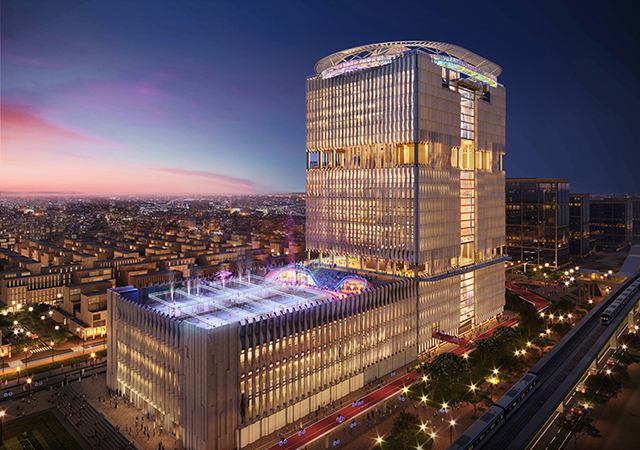
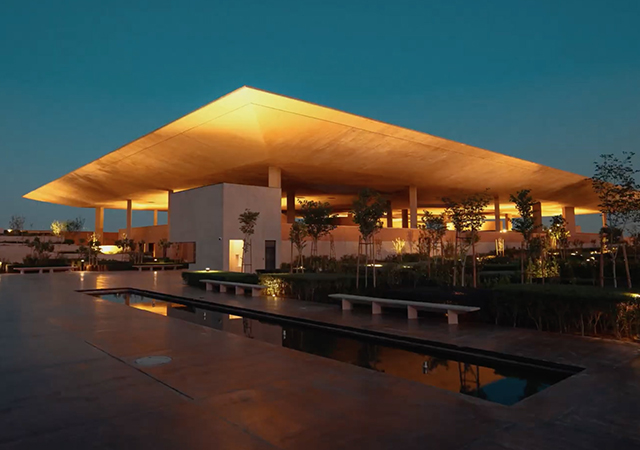

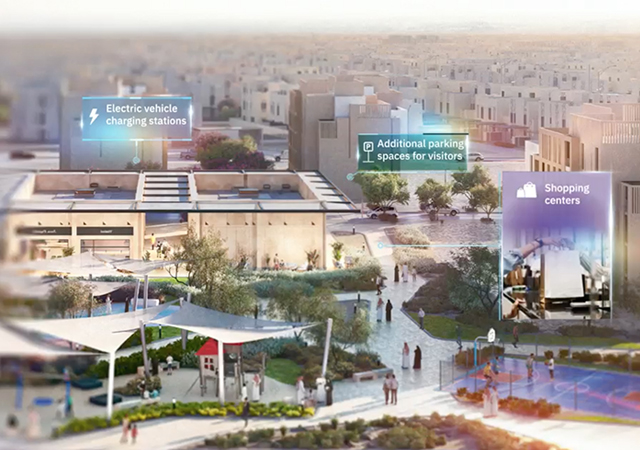

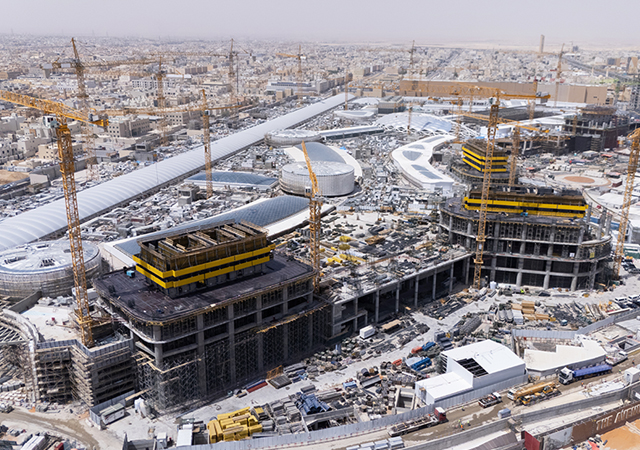
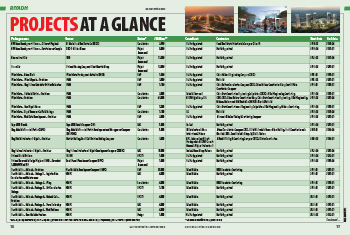
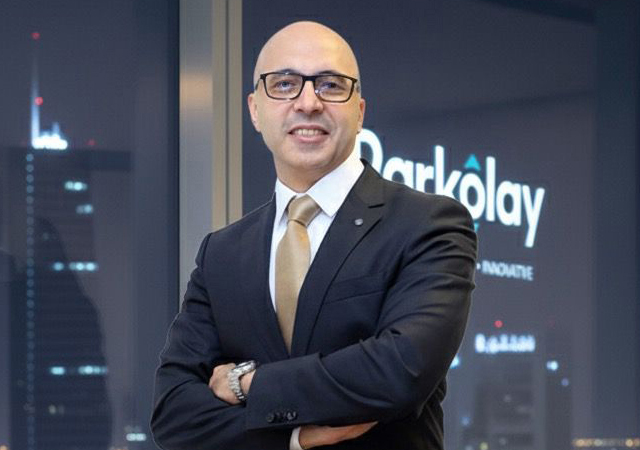




.jpg)
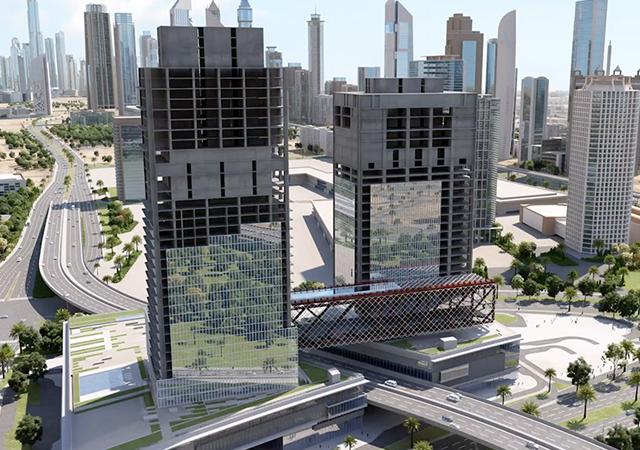
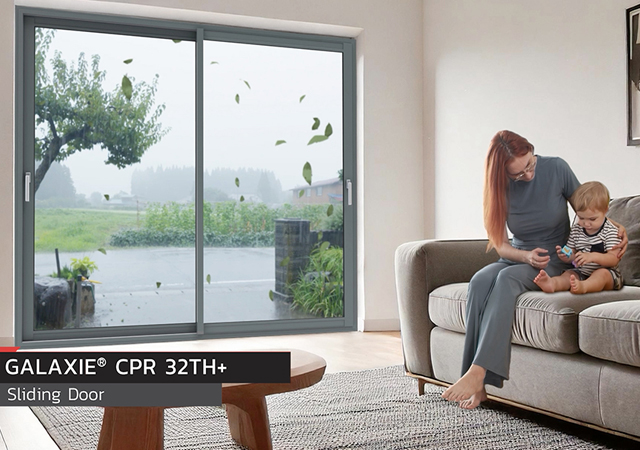

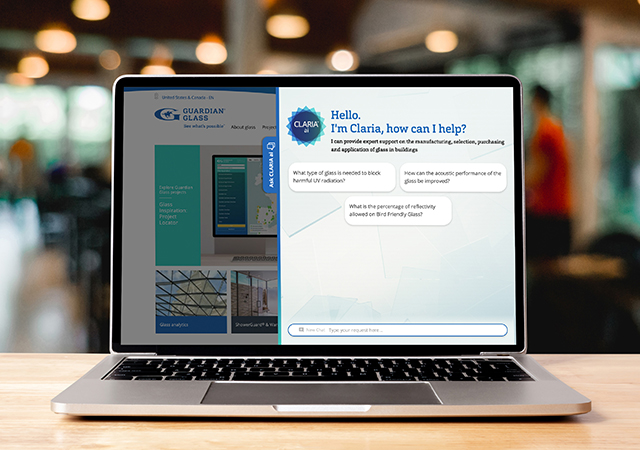

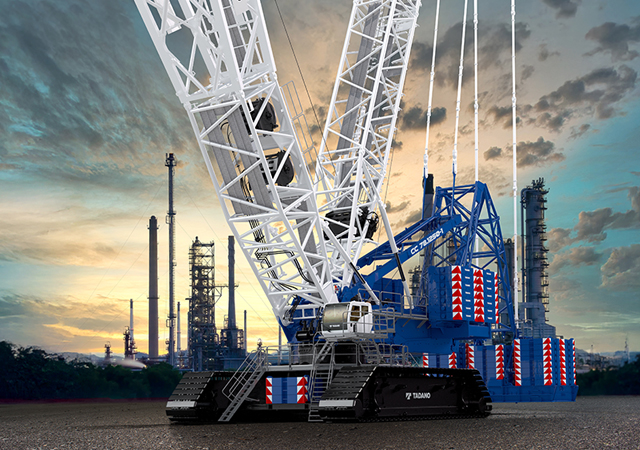
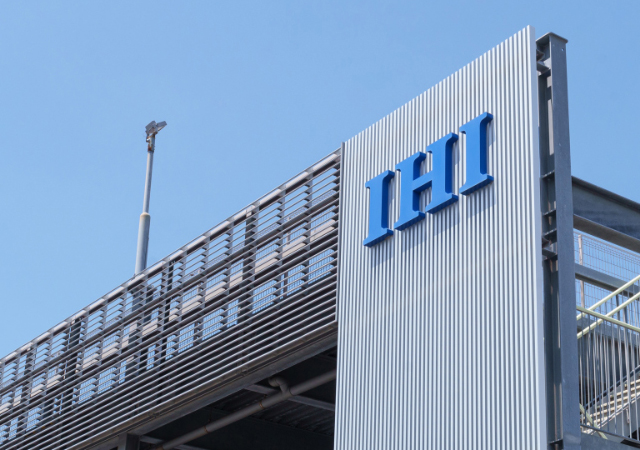
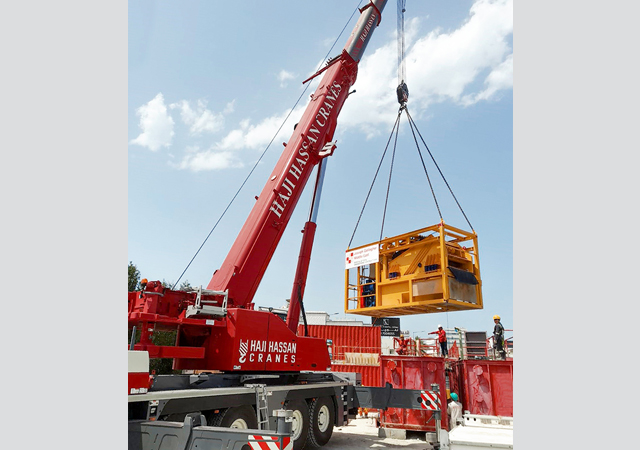
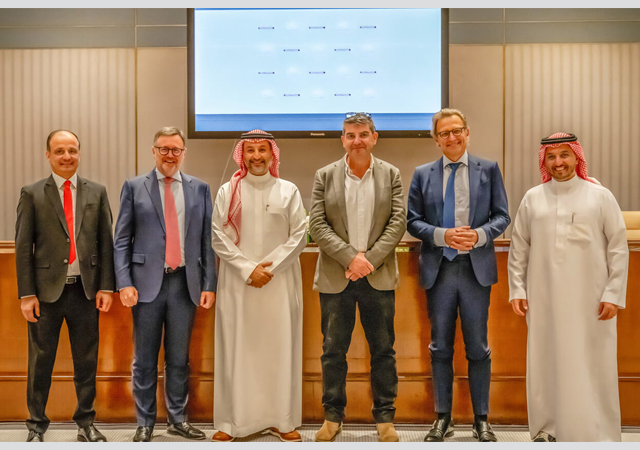

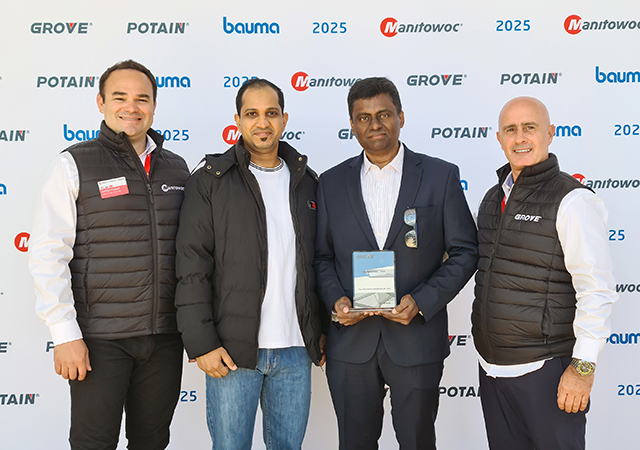
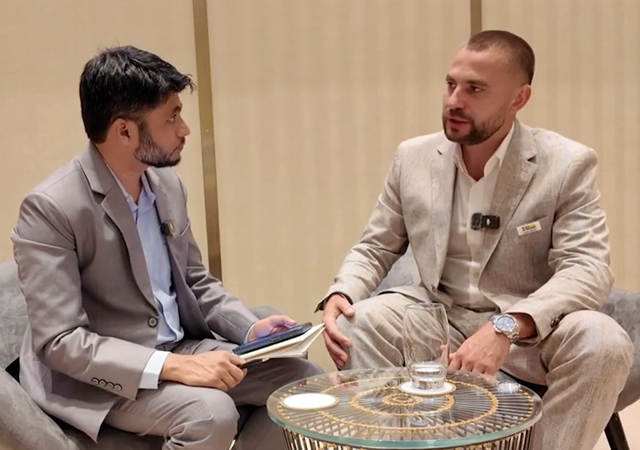
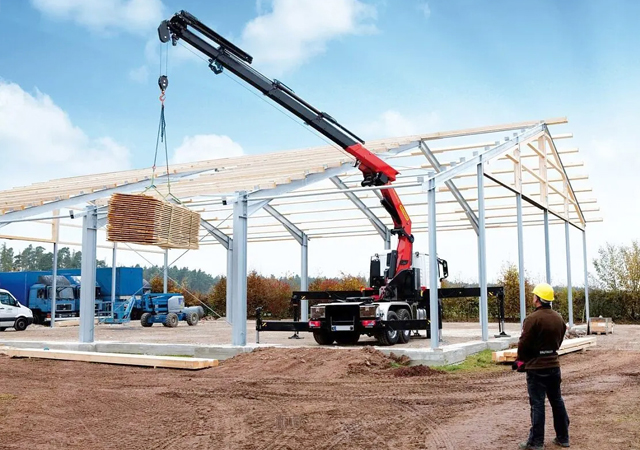
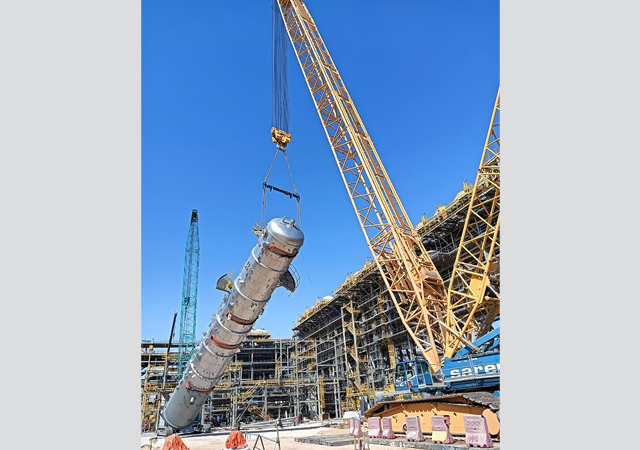
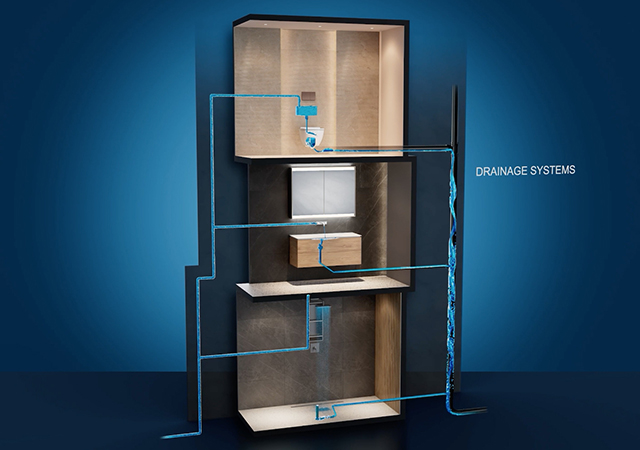
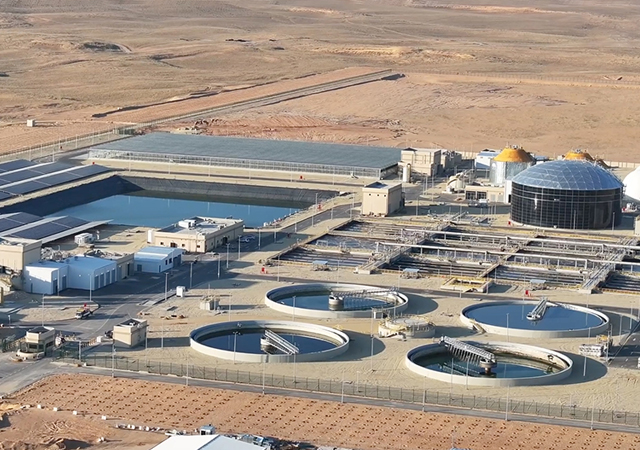



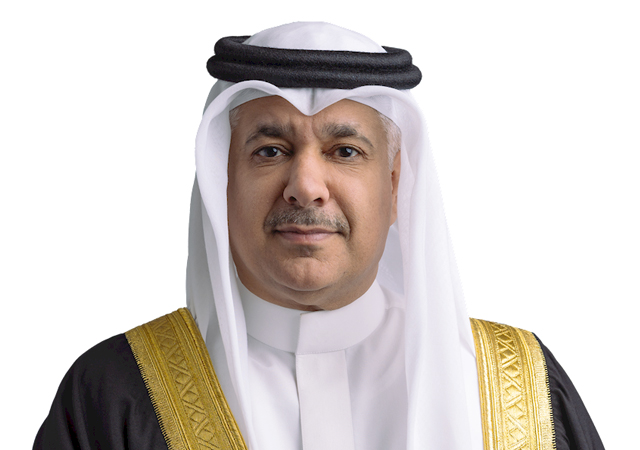
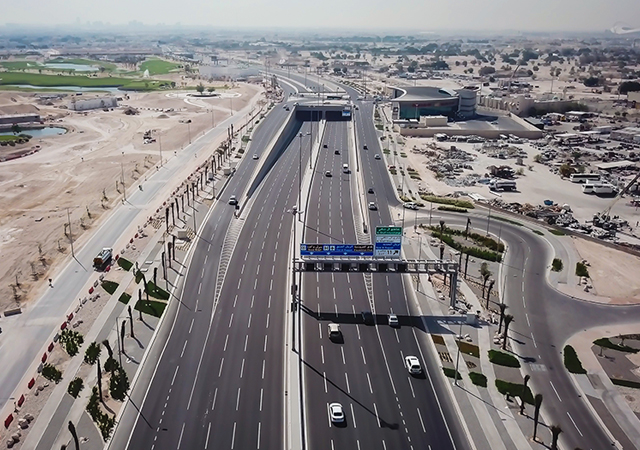
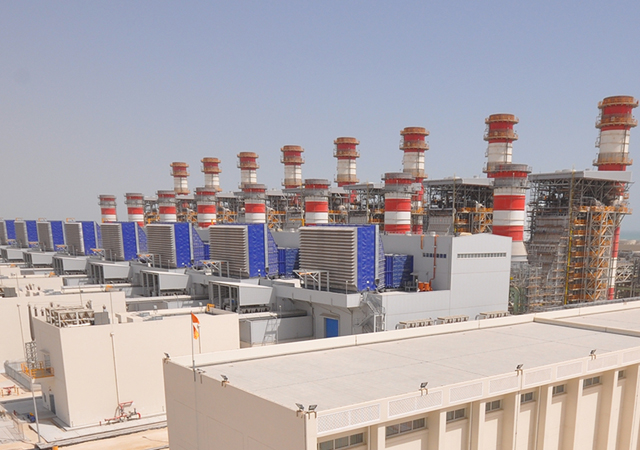
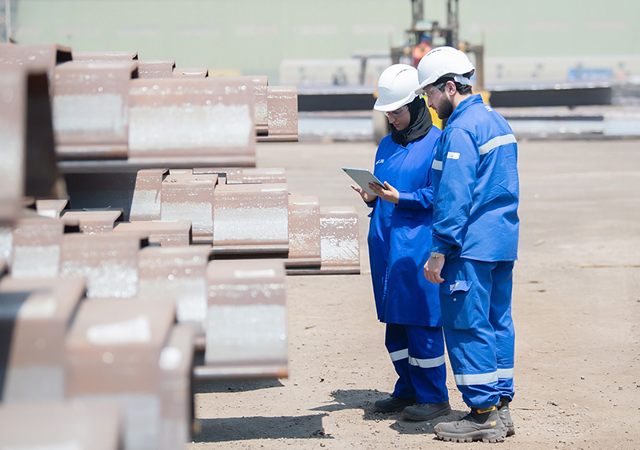


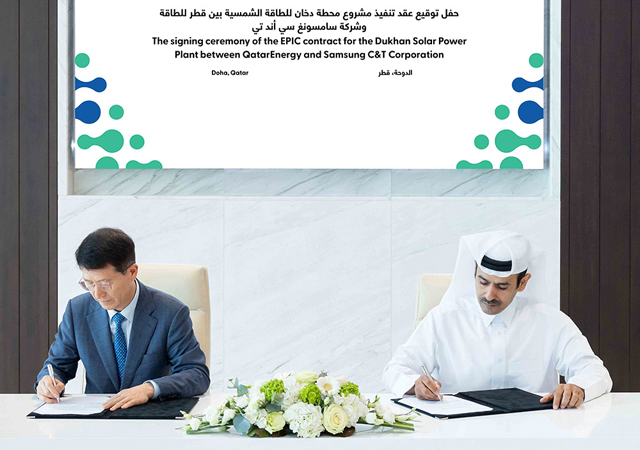
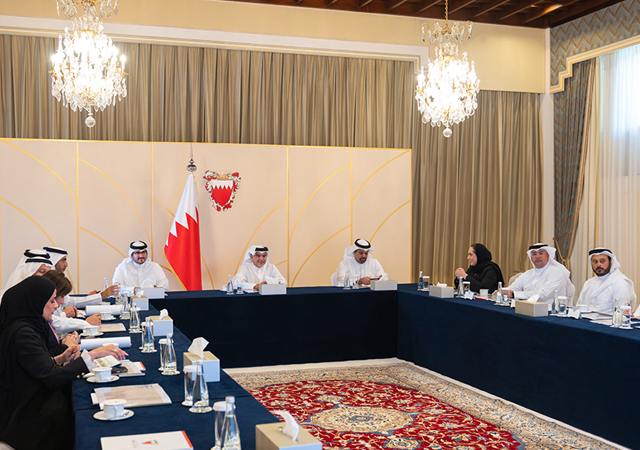

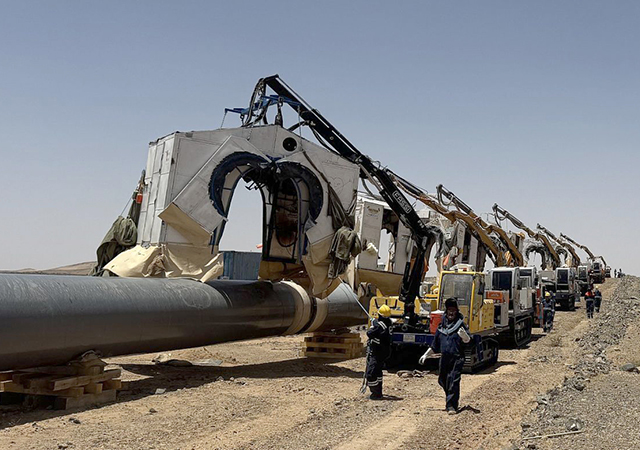

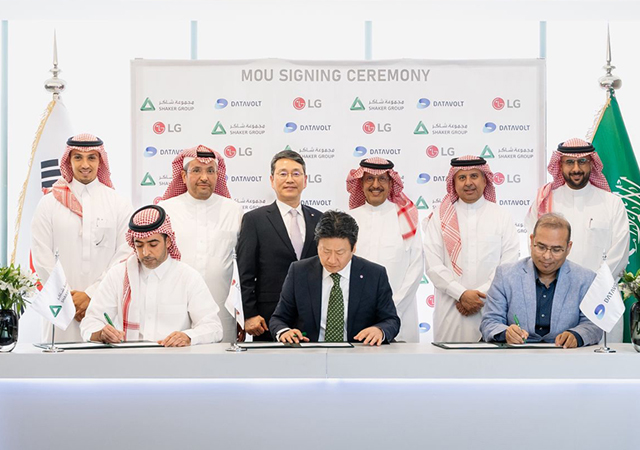
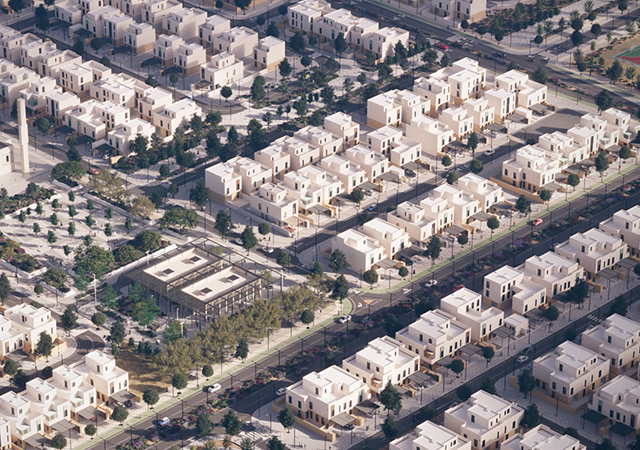
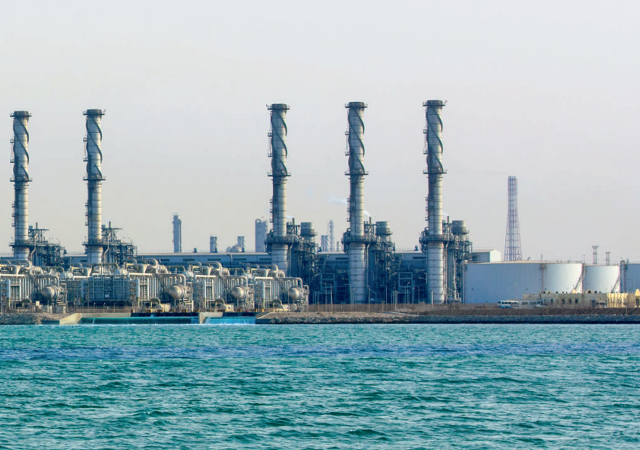

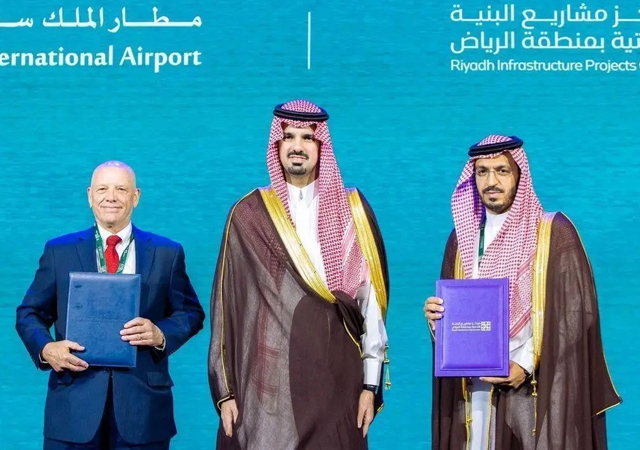

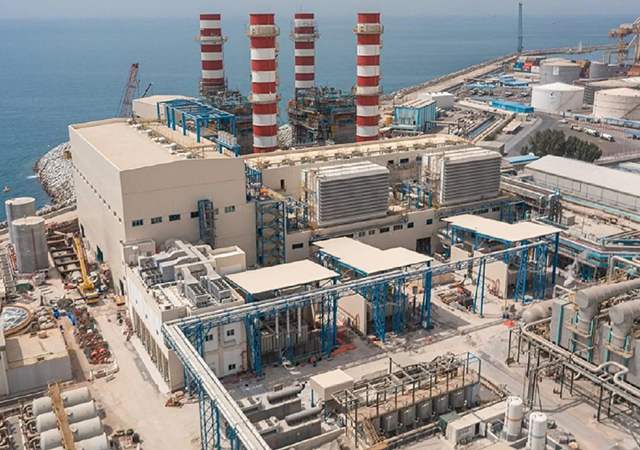
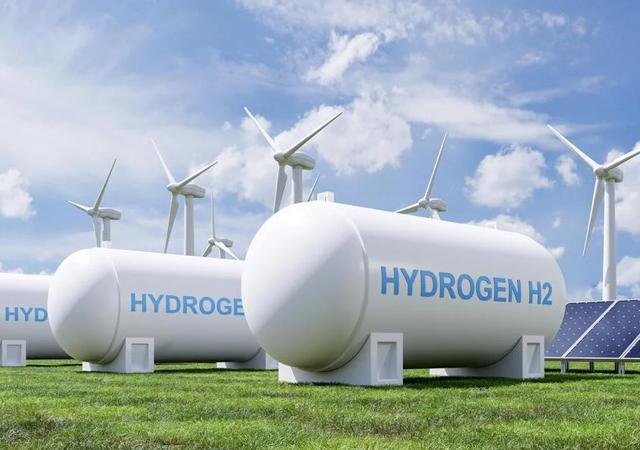

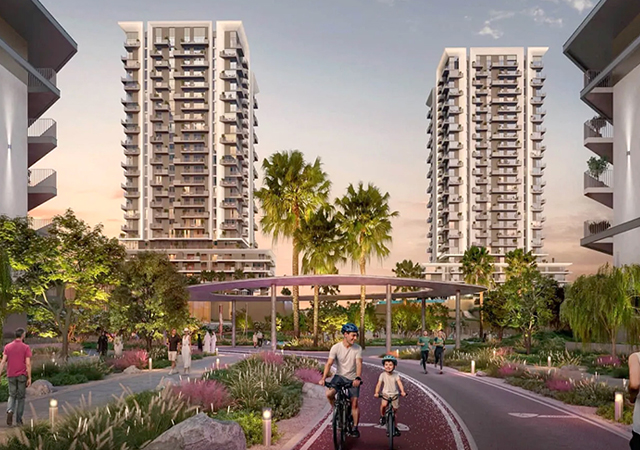
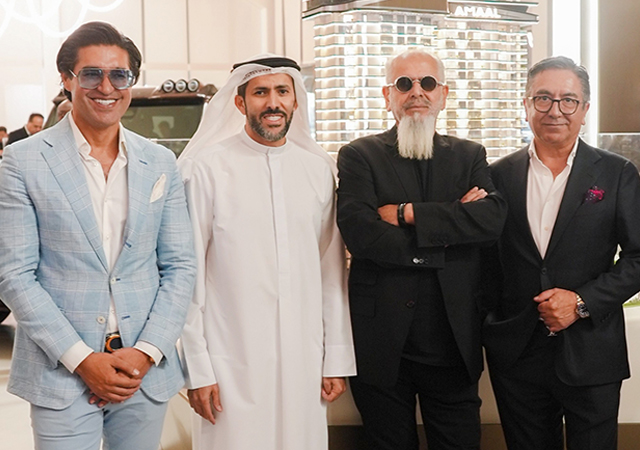

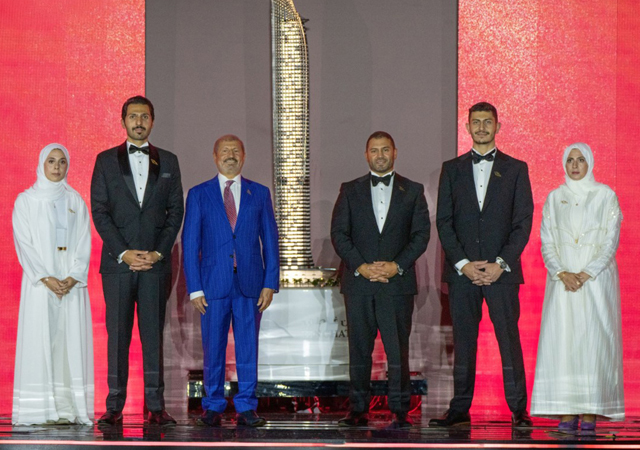
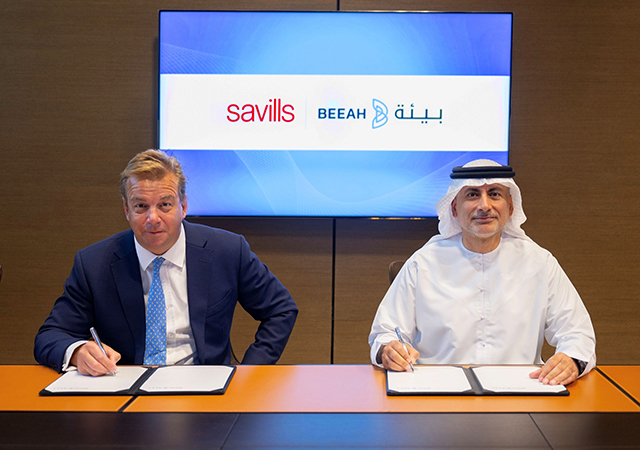
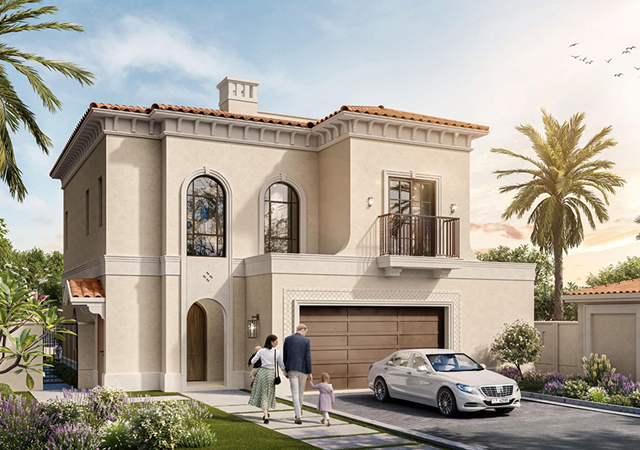


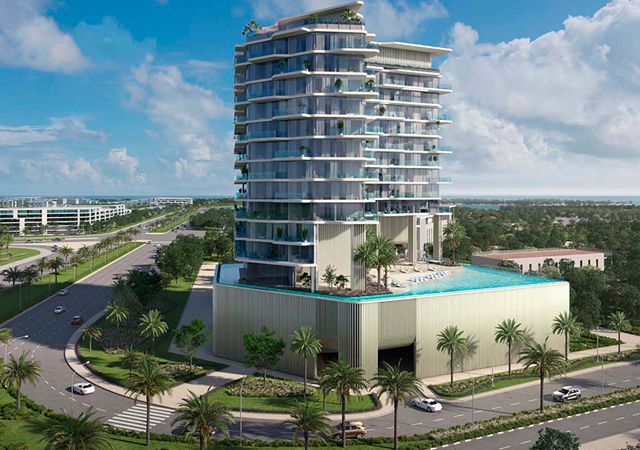
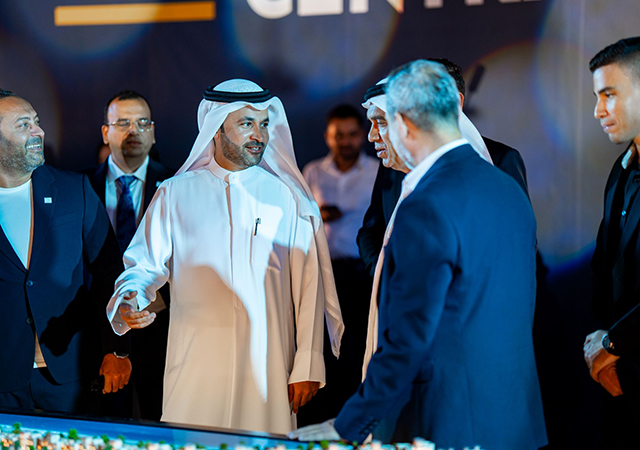
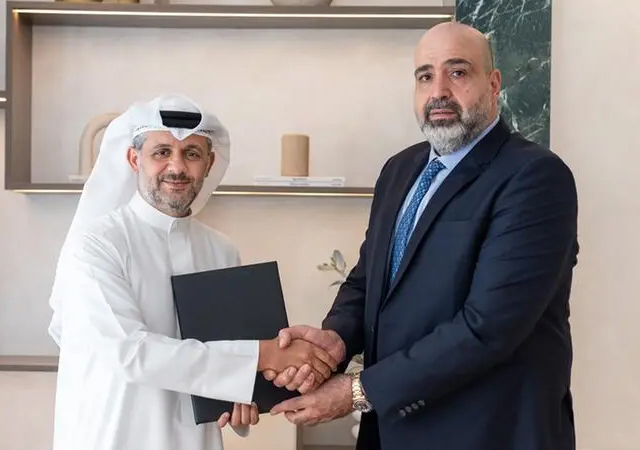
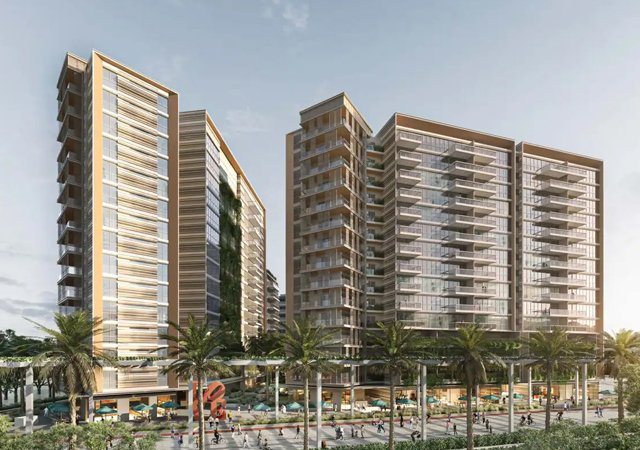
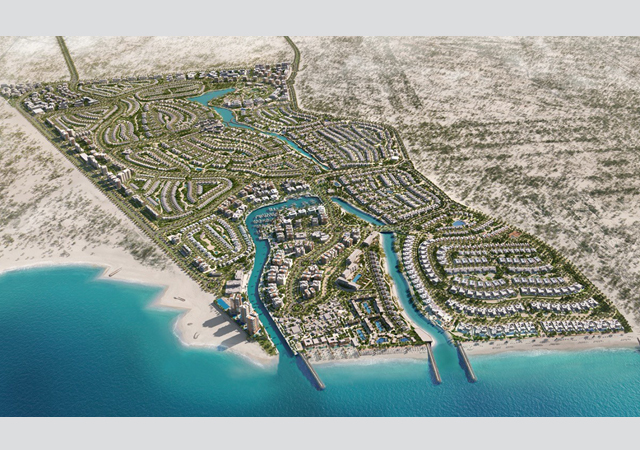
.jpg)
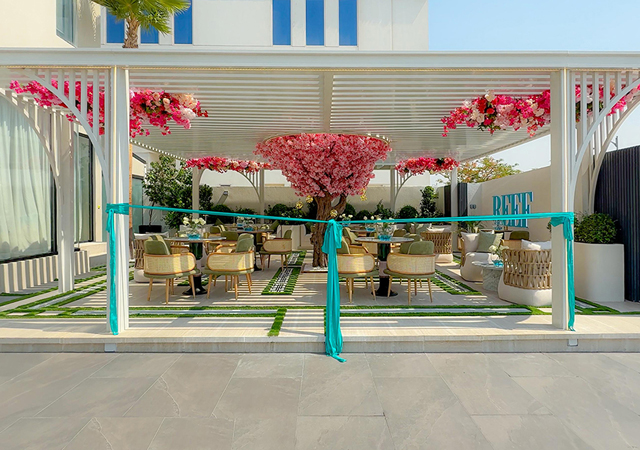
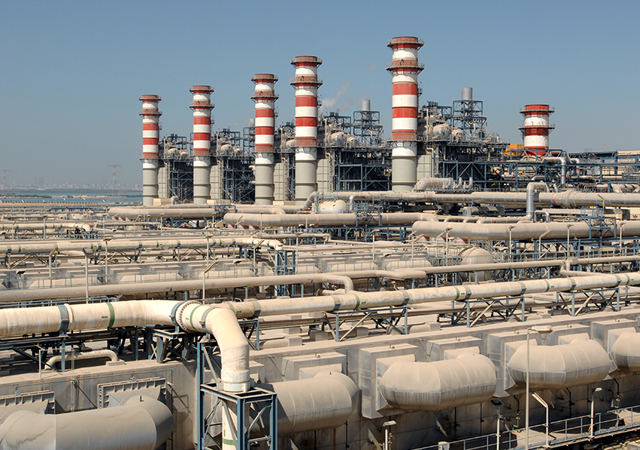
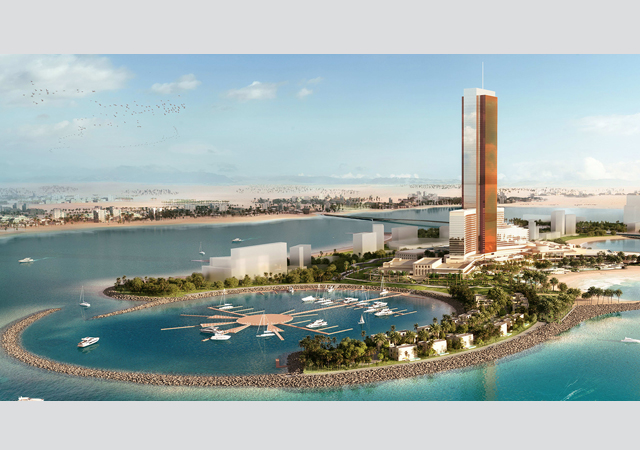
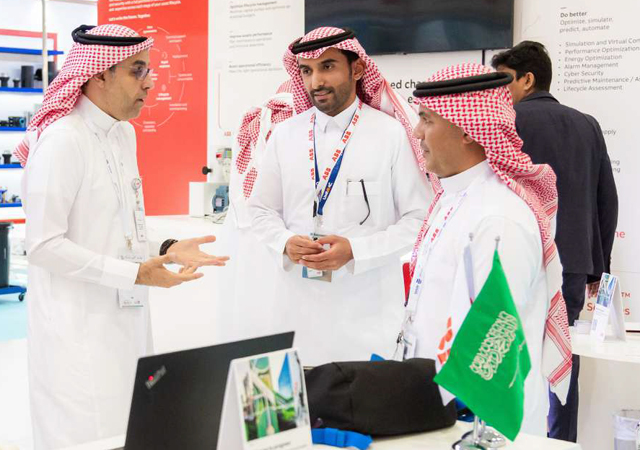
.jpg)
